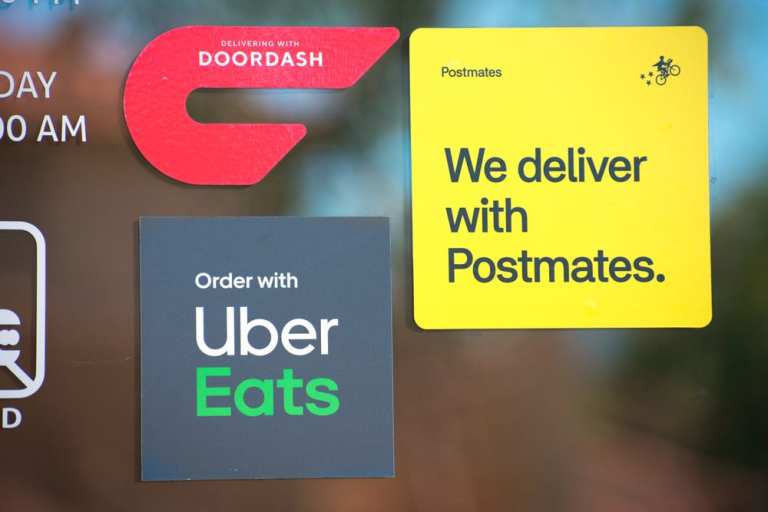Uber-Postmates Deal Shows Food Delivery Is Consolidating Like Pac-Man

Call it a real-life version of Pac-Man. Word emerged on Monday (July 6) that Uber is buying Postmates for nearly $2.7 billion in stock – the latest acquisition on a journey that looks to see who will get the biggest the fastest in the food delivery world.
Scale, after all, is arguably more easily achieved with an open checkbook than through organic efforts. Perhaps one would term Postmates a consolation prize of sorts for Uber, which had been gunning recently for Grubhub — a would-be deal that evaporated amid antitrust concerns.
Still, Uber’s new Postmates deal will give the company’s Uber Eats unit more scale in U.S. food delivery once the deal closes (likely in first-quarter 2021). In one fell swoop, Uber Eats’ market share will increase to 37 percent from a current 29 percent, according to The Verge. That puts the combined entity within sight of DoorDash’s 44 percent U.S. market share.
Such a pivot to food delivery is an important one for Uber. As noted previously in this space, Uber is hurting amid a steep drop-off in the company’s core ride-hailing business. That’s down more than 80 percent amid the pandemic, according to the company’s recent first-quarter earnings report.
Monday’s Postmates deal represents just the latest consolidation in the food delivery sector. The Wall Street Journal has reported that Uber had been trying to shore up the Postmates deal before private-equity buyers swooped in. Under the mechanics of the deal, Uber will fold Postmates into Uber Eats.
Meanwhile, Grubhub is being acquired for $7.3 billion by Just Eat Takeaway.com, which was formed earlier this year via an $11.1 billion merger of the U.K.’s Just Eat and Netherlands-based Takeaway.com. Grubhub gives Just Eat Takeaway.com a U.S. presence.
Separately, Amazon led a $575 million funding round for Deliveroo in May 2019. However, Britain’s Competition and Markets Authority (CMA) has been investigating that deal, with a decision slated for early August on whether the funding can go forward.
In the meantime, Uber continues to spot ways to shift its platform, apps and software-driven efforts away from just ride-hailing. Providing a sense of how Uber’s own standalone efforts are faring in food delivery, the company said in May that its Uber Eats bookings and revenues soared by more than 50 percent in the first quarter. Sales jumped to $819 million from $536 million in the year-ago quarter.
No surprise there: People are pivoting to ordering food to be delivered to their doorsteps. In addition, the company’s Uber Freight business, which connects shippers with customers, saw its top line surge to $199 million from $127 million last year.
As Karen Webster wrote last year: “For Uber, transportation is a platform feature that is central to its business, but is not its end game.”
Last month came the news that the company is offering its software — the programming and analytics that underpin its core ride-hailing unit — to a number of outside entities, including public transportation authorities.
“This is not a one-off. This is a new product and a new business,” said David Reich, head of Uber Transit, as reported by Bloomberg. “Together, we want to make car ownership a thing of the past.”
Reich has said the company is talking to dozens of transit agencies around the world.
The bottom line: New horizontal revenue streams are the name of the game for Uber, as is scale – bought rather than built.